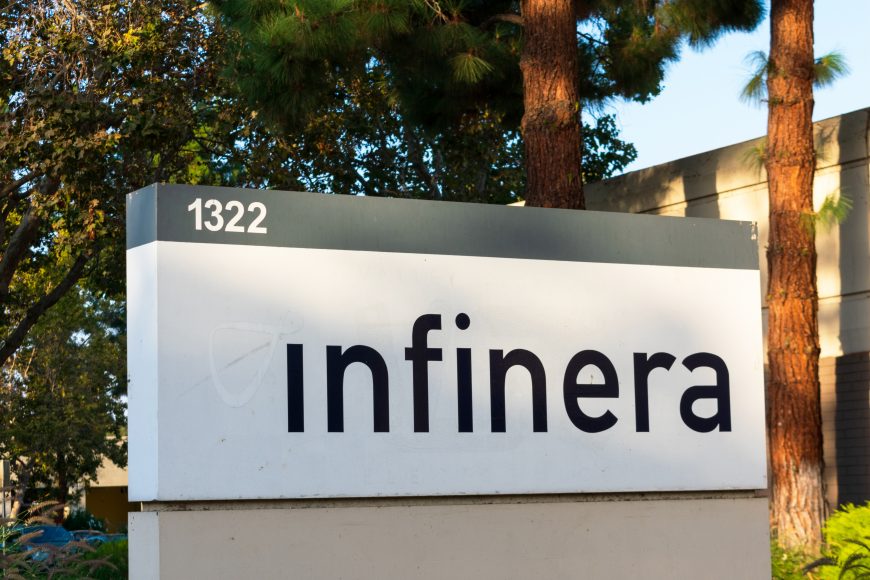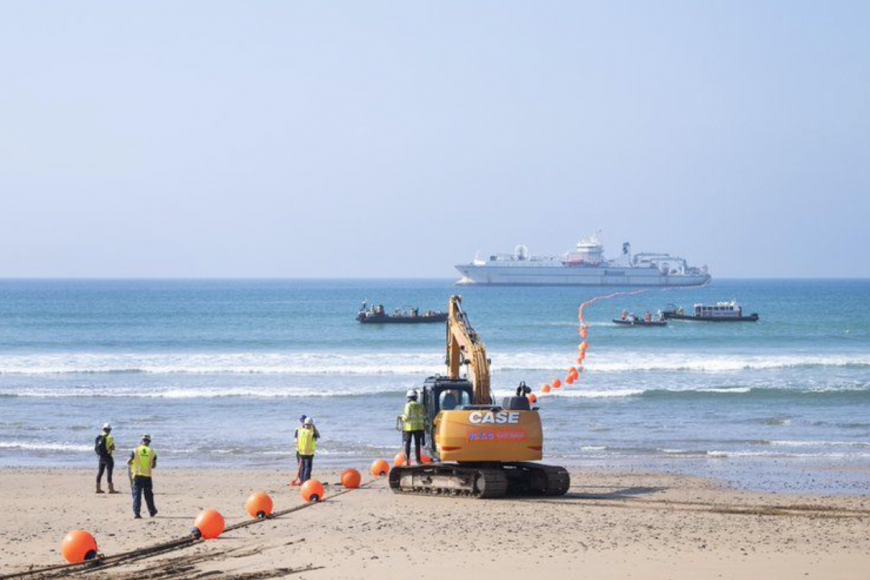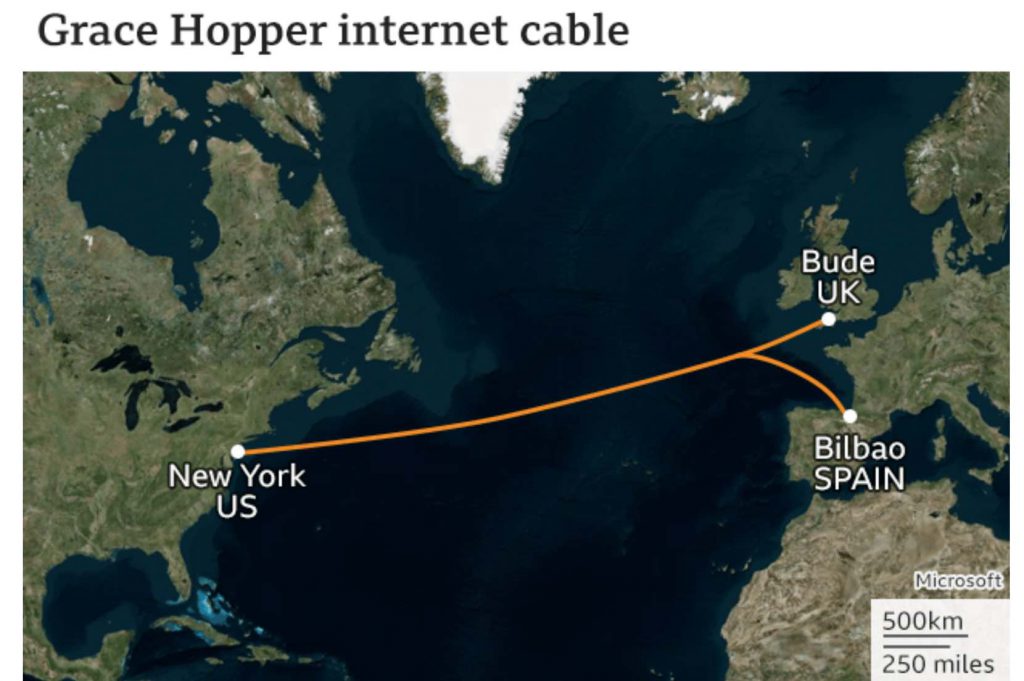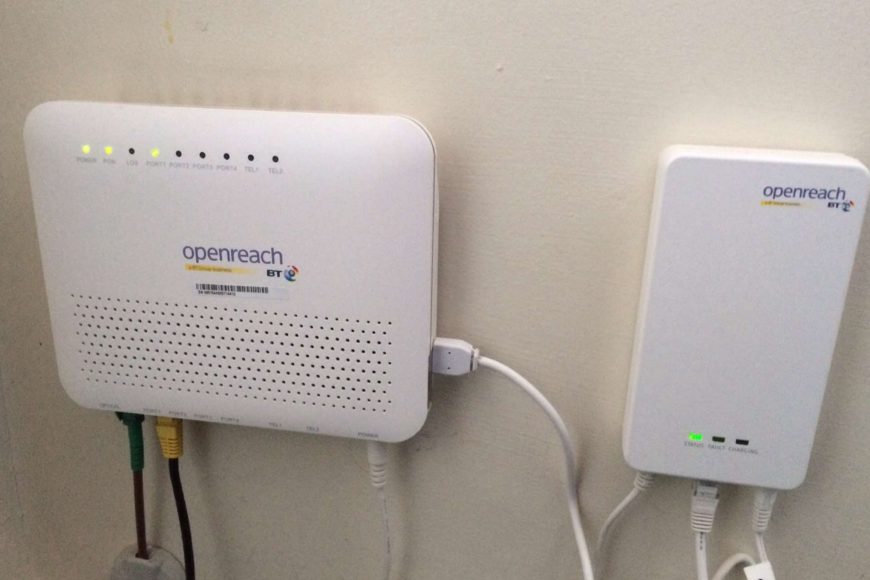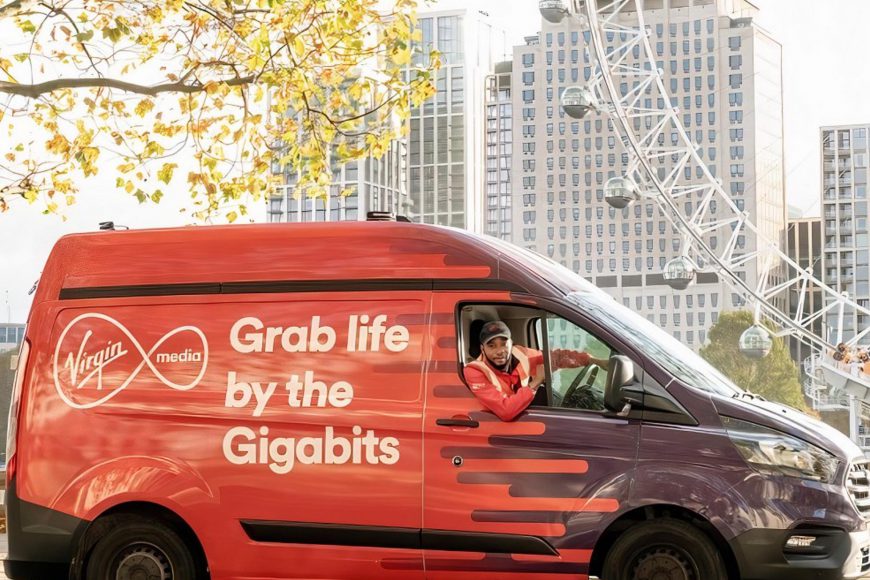Satellite connectivity and video market expected to double over next decade
Research finds the satellite industry is gaining a higher orbit with the non-geostationary market a key engine, and with recovery to pre-Covid revenues expected in 2022.
With OneWeb on the rise and Elon Musk’s Starlink constellation about to ramp up from its beta phase, the non-geostationary orbit (NGSO) satellite constellation industry is providing to be a huge spur to the overall satellite market and its market value will double between 2020 to 2030, says consulting and market intelligence firm Euroconsult.
In its report, Satellite connectivity and video market, Euroconsult says the satellite connectivity and video market is projected to exceed $20bn in value by 2030, and NGSO capacity is set to account for more than three-quarters of the projected market growth in the next decade.
The report provides metrics and analysis of the period between 2016 to 2020 for historical trends, and forecasts data and trends for the years 2020 to 2030. It covers 13 world regions and reviews market trends for six segments: video distribution and contribution, cellular backhaul and trunking, enterprise networks, mobility, milsatcom, and consumer broadband.
In a similar report for 2020, Euroconsult predicted a prolonged market downturn due to Covid and the more structural driver of eroding capacity revenue for video services. The new report validates that finding, reflecting a 5% decrease in market value in 2019 compared with 2020.


